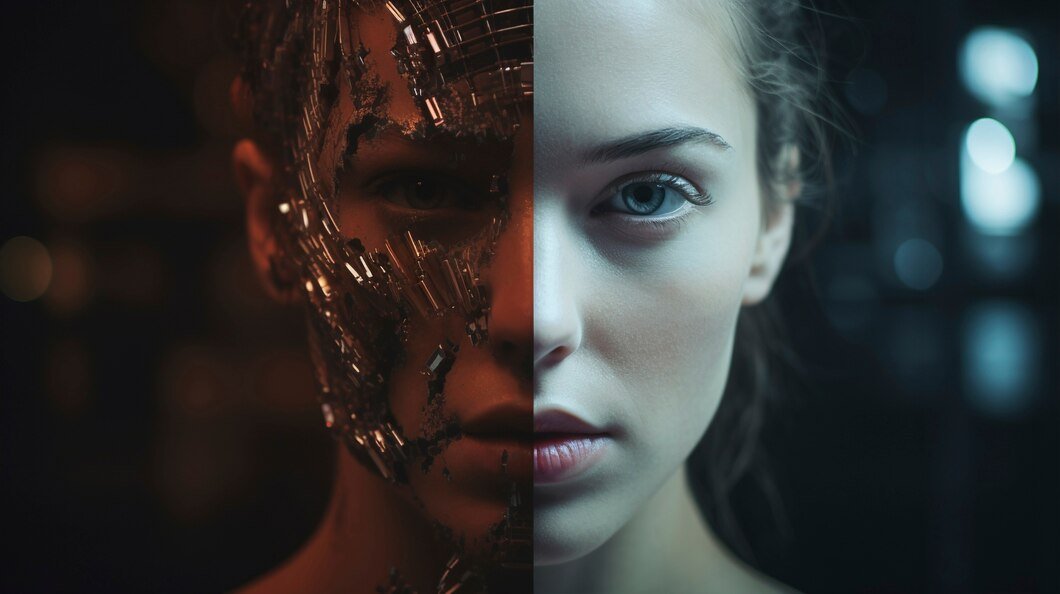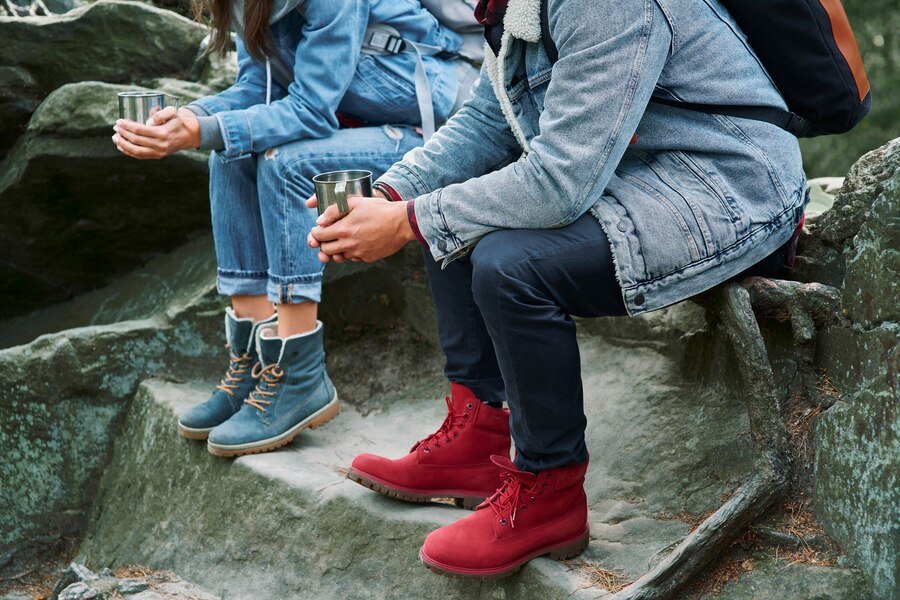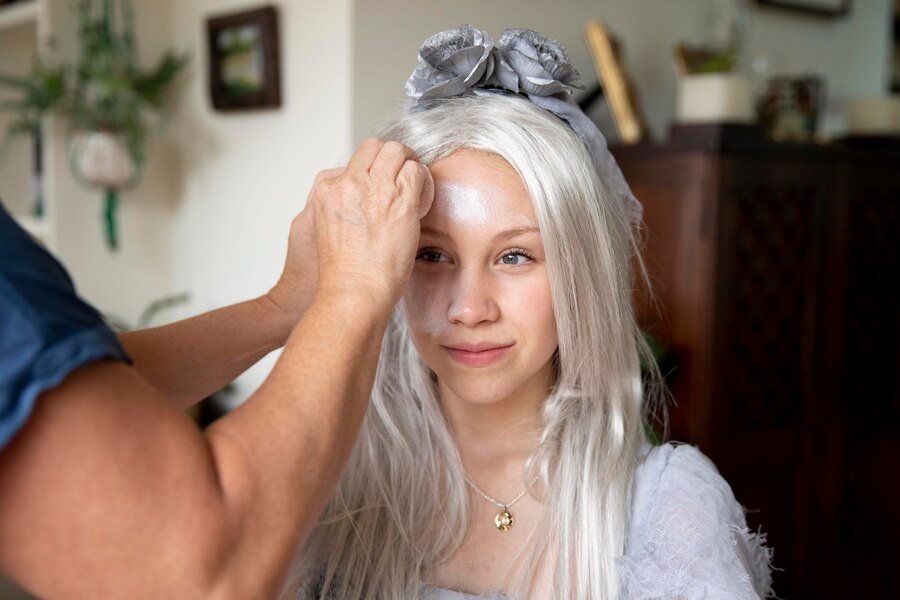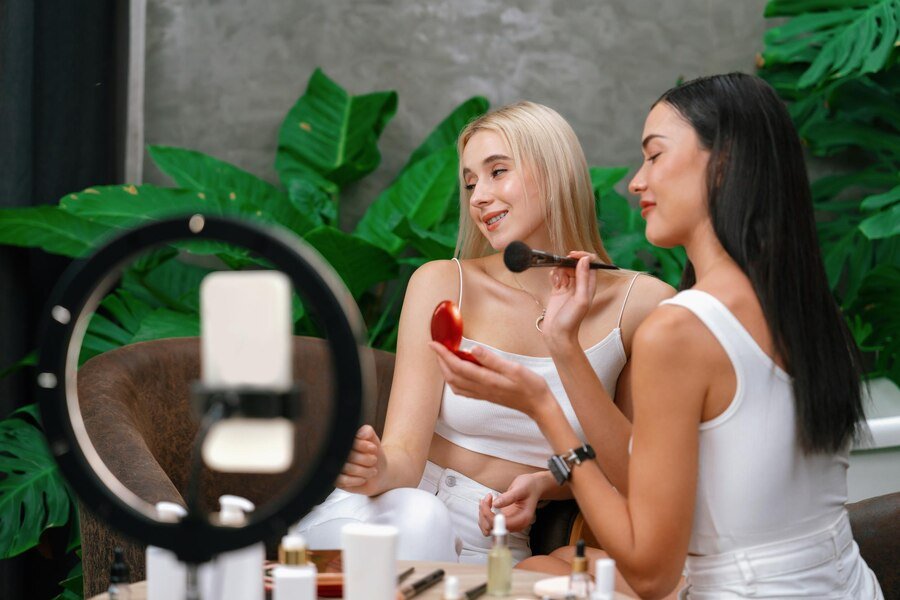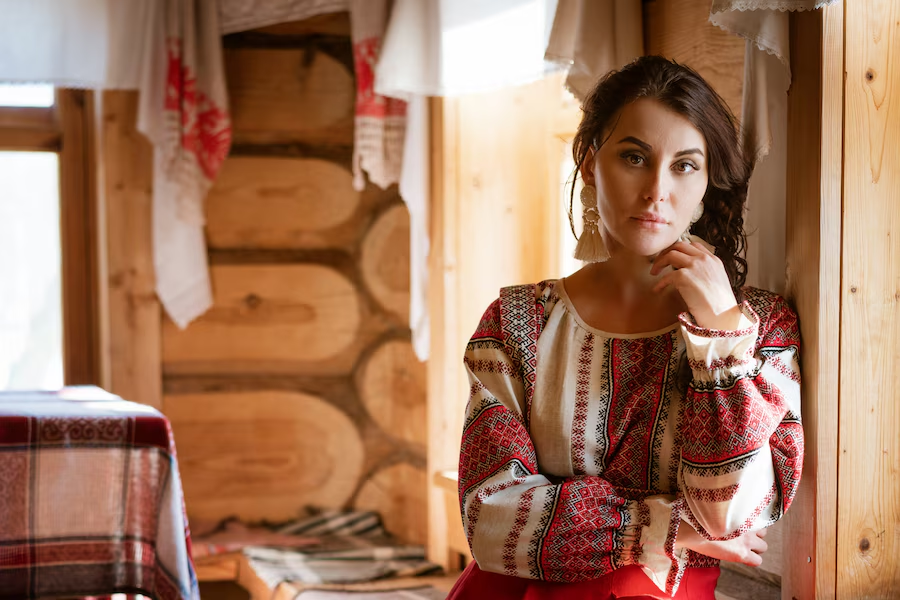In many aspects of life, we constantly face the tension between utility and beauty. This contrast plays a crucial role in design, lifestyle, and even decision-making. Utility is all about functionality and efficiency—how well something works to serve a specific purpose. Beauty, on the other hand, is concerned with aesthetics, how pleasing something looks or feels. But how do these two elements relate to each other, and when do they complement or conflict with one another?
Understanding Utility
Utility refers to the practical aspects of an object or service—its ability to perform its intended function effectively and efficiently. Utility-driven designs prioritize ease of use, performance, and durability. For example, a kitchen appliance, such as a blender, is primarily evaluated based on how well it blends ingredients, how long it lasts, and how simple it is to clean.
In various fields, such as architecture, product design, and even technology, utility is often seen as the cornerstone of good design. A chair, for instance, must provide comfort and support. A phone must make calls and store data. These are the core functions we expect and demand from everyday objects.
The Role of Beauty
Beauty, in contrast, is about visual or sensory appeal. It’s the design aspect that makes something visually stunning or emotionally pleasing. Beauty might not always be practical, but it can have a profound impact on how we experience something. An elegant, well-designed chair doesn’t just serve the function of sitting—it can become a piece of art, adding aesthetic value to a room. Similarly, a car’s design isn’t only about its performance but how it looks and feels when driving it.
Aesthetic appeal is essential in various fields, including fashion, art, interior design, and advertising. People are often drawn to beauty because it has an emotional pull, making products more desirable, adding joy to their use, and enhancing their overall experience.
Utility vs Beauty in Design
When it comes to design, striking a balance between utility and beauty is a challenge. Designers must ask themselves whether to prioritize functionality or aesthetics, or how to harmonize both.
In many cases, utility and beauty go hand-in-hand. For example, a well-designed smartphone not only performs essential functions like calling, texting, and browsing but is also sleek and visually appealing. The latest tech gadgets often blend both, ensuring that users get the most functional device while enjoying the pleasure of handling something visually and ergonomically satisfying.
However, there are instances where these two elements conflict. Consider a piece of furniture: A designer chair may look stunning with curves and intricate details, but if it lacks comfort or support, its utility is compromised. Similarly, a beautifully designed car may not be as practical if it sacrifices fuel efficiency, comfort, or storage space.
The Challenge of Balancing Utility and Beauty
Achieving a perfect balance between utility and beauty can be a challenge, especially when they seem to pull in opposite directions. Often, the priorities will depend on the purpose of the object and the preferences of the user. In some cases, people might be willing to sacrifice some utility for beauty—such as purchasing a designer dress that may not be as comfortable but looks exquisite. In other cases, the need for utility might outweigh beauty, such as when a highly functional tool is necessary for a specific job, and its visual appeal is secondary.
The Importance of Context
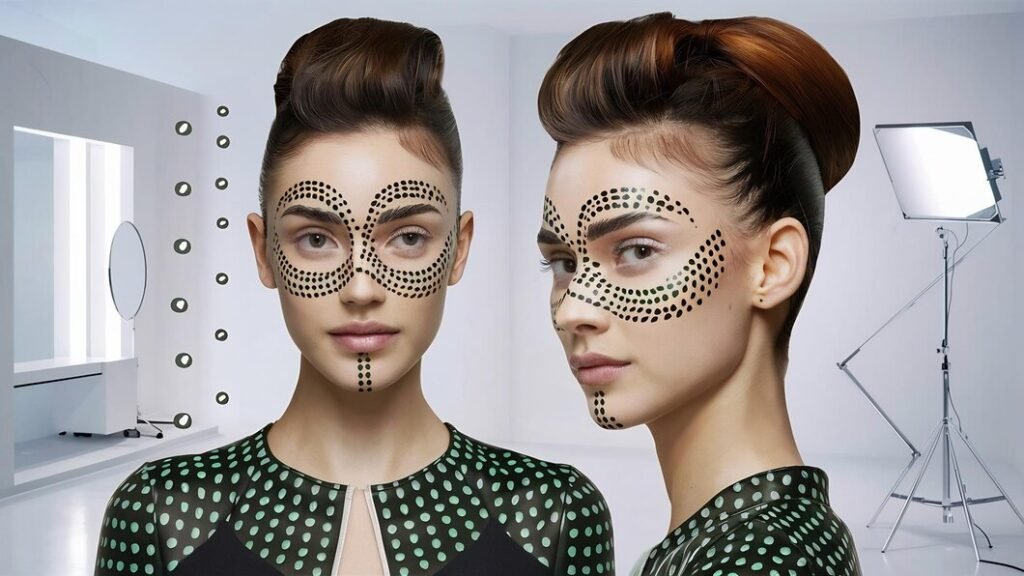
Context plays a significant role in deciding whether utility or beauty takes precedence. In certain environments, like workspaces or healthcare settings, function is often more important than aesthetics. A well-organized desk, efficient tools, and ergonomically designed furniture will promote productivity and well-being. Here, utility reigns supreme.
However, in environments like home decor or fashion, beauty can play a more prominent role. A living room might be designed around a beautifully crafted sofa, and a designer outfit may be chosen primarily for how it looks. Still, even in these cases, comfort and practicality remain essential to an extent. A beautiful sofa is less likely to be used if it’s uncomfortable, and a stunning dress might not be worn if it’s impractical.
Final Thoughts
The debate between utility and beauty is not about choosing one over the other but finding the right balance based on context, priorities, and personal preference. In the modern world, many products and designs aim to strike that balance by integrating both functional value and aesthetic appeal. Whether it’s a smart home gadget, a piece of furniture, or the clothes we wear, the best designs are those that meet both our practical needs and our desire for beauty.
In the end, the perfect blend of utility and beauty is subjective. While some may prefer an object that serves its purpose above all else, others may find the beauty of an item just as valuable as its functionality.







